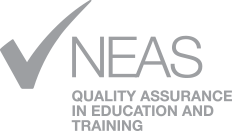Understanding how people acquire a second language is essential for designing assessments that genuinely measure learning — not just memory.
In this lesson, we’ll explore the key theories that explain how language is learned and why some assessment tasks accelerate progress while others hinder it. You’ll see how principles from Cognitive Load Theory, Krashen’s Input Hypothesis, Swain’s Output Hypothesis, and Vygotsky’s Zone of Proximal Development can directly inform the way you design test items and learning tasks.
By connecting these theories to real classroom examples, you’ll learn how to:
- Balance cognitive challenge with linguistic accessibility.
- Create tasks that promote meaningful language use rather than rote recall.
- Scaffold assessment so that it becomes part of the learning process itself.
In short, this section bridges the gap between theory and practice — showing how insights from language acquisition research can transform your assessment design into a powerful tool for growth.
Watch the video below and then take the lesson quiz.
